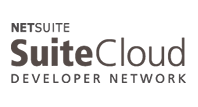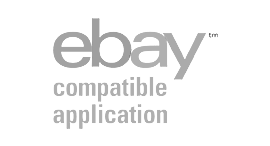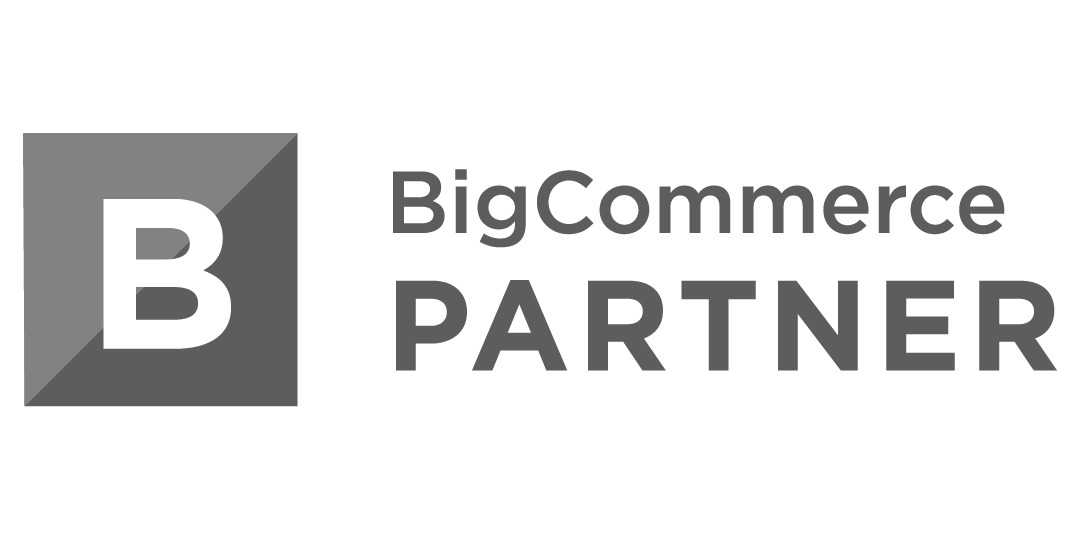There are more options for creating an e-commerce site than ever before. E-commerce has made it possible for entrepreneurs to extend their reach farther than they could have ever imagined.
The fastest, least expensive way for Microsoft Dynamics and Sage users to launch a fully integrated online store is to connect todays leading web-based ecommerce platforms, like Magento Go or Shopify. These solutions are full featured, yet cost effective and when connected to Microsoft Dynamics or Sage using nChannel can automate item population, inventory synchronization, enable Microsoft Dynamics or Sage to collect web orders and even web customer data.
Can’t code? Can’t design? You’re in Luck! Hosted ecommerce solutions such as Magento Go lets you create and manage your online store. The interface is intuitive and easy to use. With just a few steps an ecommerce solution can be set-up, customize and start selling products. Ecommerce solutions typically have everything you need to manage all store orders and product inventory.
Hosted e-commerce platforms take care of all the ecommerce issues such as storefront design, domain name registration, secure payment, hosting, mailing lists, security, marketing, SEO, selling statistics, and customers support. Integration of Magento Go and items housed in Microsoft Dynamics GP, RMS, Sage/MAS reduces manual item, order and inventory updates ensuring syndication and synchronization of data is accurate in all existing retail management systems.
A hosted ecommerce solution is the quickest, easiest and least expensive choice for companies who want to keep development and services fees to a minimum.. And, for instance with Magento Go it can be integrated with your existing Microsoft Dynamics GP, RMS, Sage/MAS and eBay retail management solutions in minutes to eliminate duplicate manual processes involved in item and order synchronization and syndication.
1. Web design With an ecommerce solutions such as Magento Go there are a variety of free templates with modern designs, extensive features, functionality and formats to accommodate a variety of content. And if you plan to add content or web pages often, you will need flexible templates that can be quickly and easily updated and enable you stay focused on selling and not web store design. When youre considering which web site building tools to use, you should make sure that the applications you choose (if it is not an ecommerce platform) supports all of the functionalities that you want in your web site.
If you dont want to learn how to code or hire a programmer for basic edits needed for changes you should consider a fully integrated ecommerce storefront. Your logos, backgrounds, colors, fonts and images are all stored in a library that is easily accessible for new pages, and match Google web fonts, there. There is HTML to learn, translate or edit.
The user interface must be easy to use. Navigation should be intuitive and handle as many products as you have to sell. With a hosted ecommerce solution there are no complex requirements and this option will get your web store set up quicker than anything you have to build from scratch.
2. Web-based solutions keep you on the leading edge A hosted ecommerce solution such as Magento Go provides great features and comes hosted for you. Like most software-as-a-service solutions, these web stores update features and functions often which will occur without having to install updates or pay maintenance and support fees. (Support and maintenance are accounted for in your monthly fee).
3. Payment solutions Weigh your options to see if a payment processor or gateway is right for you. The next step is choosing a method to accept payments on your site. The payment process is what puts the commerce in e-commerce. There are two kinds of payment systems that you should consider for your site: a payment processor and a payment gateway. Payment processors, like PayPal Website Payments Standard and Google Checkout, will send a customer to a checkout page that is hosted by the processing company. After customers submit their credit card information, they will be sent back to your web site. In contrast, payment gateways integrate directly with your shopping cart and the transaction is essentially invisible to your customer.
With a complete ecommerce web store solution the payment processors is easier to use because they do not require any backend integration with web sites and accept payments using Paypal and Google Checkout. When you use a payment processor, you also dont have to worry about securing financial transactions because the processing web site will take care of it for you.
4. Choice of a shopping cart Your customers are going to need a way to select items and buy them, so find a shopping cart solution that meets your needs. At brick-and-mortar stores, shoppers pick items from shelves, put them in a cart or basket, and usually bring them to a cashier when theyre finished shopping. The ecommerce platform such as Magento Go will come with a shopping cart solutionfor your online store. The shopping cart software allows people to select items from web pages, add them to their cart, and walk them through the purchase process when they are ready to check out. An ecommerce shopping cart will also include taxes and shipping charges to give customers a total for their order.
5. SSL security A nice site design and seamless integration with a payment system are great, but they wont mean a thing if you and your customers arent protected from fraud and theft. Security is one of the biggest concerns that shoppers have when it comes to buying online. An ecommerce solution automatically provides this protection for your customers vs. you having to find SSL certificate provider to protect customers from identity theft.
6. Promotion If you build it they will comenot so much. No matter how good your store is, they will not come if you dont promote. Having an easy-to-use store is important, but not as important as marketing, having good products, and providing quality customer service. Magento Go for instance allows you to send targeted email campaigns based on customer e-commerce order history, purchase amount, previous product selections and geography without leaving your online store.
A few tips to get gain traction after launching:
- Submit your site to the Open Directory Project, Google, Yahoo, Bing, and other search engines so your customers can find you.
- Add your storefront to as many free directory sites as you can find, and take the time to enter your stores URL. This will give your overall SEO ranking a little help and bring your site more traffic.
- Google Base is a place where you can easily submit all types of online and offline content, which will be search-able on Google.
- Make sure your product is submitted and indexed Great SEO will help your web content appear high up in Google search results and drive more traffic and customers to your store.
- Have a good FAQ page. Answer all known questions on the minds of your prospective customers and buyers.
- Create an interactive Facebook Fan Page. Share important resources in your industry with your fans. And if you can link your Twitter accounts with your fan page to share the updates with both fans and followers.
- If you have tome and interest, submit product to the comparison shopping engines.
Ecommerce solutions without software to install get you to market fast in time for the holiday selling season.
Check out the nChannel Cyber Monday promotion to get started. No Payments until January, 2012. Register for live weekly 30 minute101 Retail webcasts with multi-channel retail experts.






Sites Simply offers an easy #Inventory management software that helps you integrate your online webstore with sales channels and accounting software. Now you can keep record of your business products with an easy order management. http://www.sitessimply.com